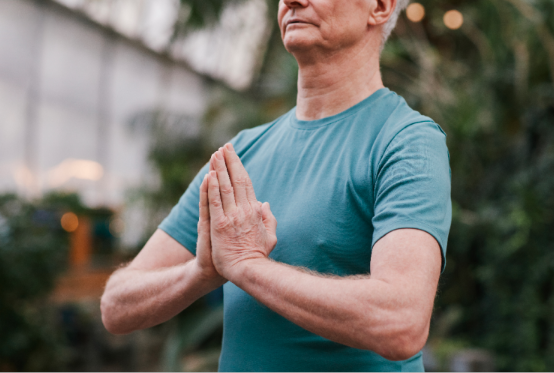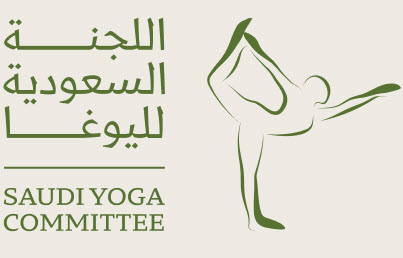Yoga History

Yoga is an ancient Indian sport with roots in the Indus Valley Civilization, which dates back more than 5,000 years. It is one of the most important ancient practices, which gives its practitioner vitality, physical activity, mental control, and focus. Since then, people in India have been practicing yoga. Over time, it evolved into various types and schools, and spread around the world, becoming known as the sport of physical and mental well-being. One of its benefits is that it is suitable for people of all ages and groups, and it can be practiced by people from all walks of life.
Studies have shown that practicing yoga can have a significant impact on physical health and can combat modern-day diseases caused by stress. It also has a positive effect on the practitioner’s mental and psychological health.
Some of the most important yoga practices include Asanas (physical postures), Pranayama (breathing exercises), Dhyana (meditation exercises), and Yoga Nnidra (total deep relaxation). These postures are practiced while controlling the breathing rhythm in a meditative manner, which brings about a state of focus and balance even if the poses are difficult.
Saudi Arabia has tens of thousands of yogis, as well as thousands of Saudi yoga trainers. The Saudi Yoga Committee works to support them, develop sports, build capabilities, and empower them to contribute to promoting yoga in society and expanding the public base of yoga lovers, practitioners, and trainers in Saudi Arabia.
Yoga is an important and very useful recreational sport for children, adults, and the elderly because it provides health, well-being, and recreation in proportion to their physical and psychological needs. There are also several types of yoga that are practiced in Saudi Arabia, which are classified as follows:
- Yoga for Health and Wellbeing
- Yoga Asana Sports
- Yoga Therapy
According to the Saudi Yoga Committee’s regulations, each type of yoga has specific conditions and requirements for training and practice in order to ensure a health, safe and effective yoga practice that benefits everyone.


